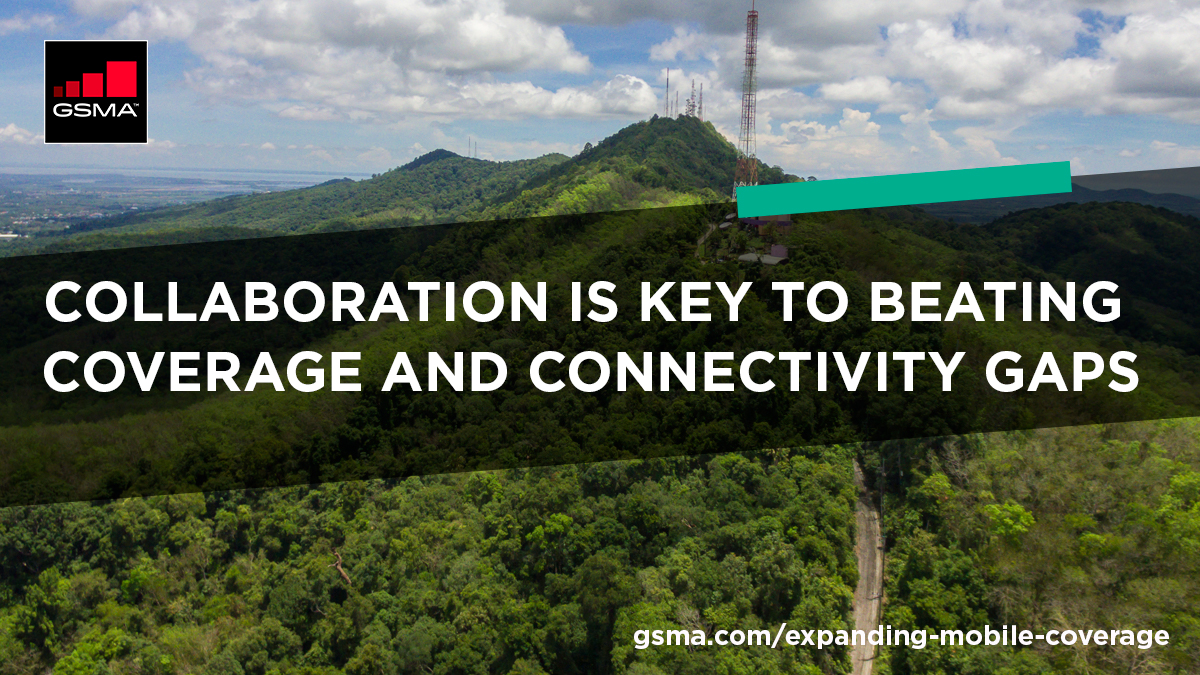In the last decade mobile has connected over 2.5 billion people to the internet and mobile broadband coverage is not over 90 per cent of the world’s population. As impressive as that is, 600 million people still live in areas with no coverage whatsoever. A second larger group of 3.4 billion who, although they live within mobile broadband coverage, for reasons such as affordability, low levels of literacy and digital skills, also remain unconnected.
These figures are worrying, as lack of access has profound implications for society as a whole – restricting access to jobs, education, healthcare, as well as the information needed to fully enjoy and take part in the wider world.
As we struggle to address the crisis that the COVID-19 pandemic has inflicted, one consequence has been a renewed focus on the value of connectivity. Now, more than ever, the need to address the coverage and connectivity gap has emerged as a key component of economic wellbeing and cohesion. The role that government, regulator and industry can play in overcoming this challenge is key.
So how can we do this effectively, are there lessons that can be learned from successful government /industry initiatives to date, is there a blueprint of policies that can help extend coverage and address the connectivity gaps?
As part of the GSMA’s new coverage project, we aim to answer these questions. In particular, we take a closer look at how regulators and governments have successfully collaborated with mobile operators in France, Ghana, New Zealand, Peru, Tunisia, and UK. Not everything works everywhere, but we hope our examples provide the necessary inspiration by demonstrating how genuine partnerships, innovative policies and cooperation can improve mobile coverage.
At the heart of the GSMA’s efforts to extend connectivity is also a new policy paper. It offers recommendations that address issues such as spectrum availability and pricing; licence terms and conditions; planning approval processes; infrastructure sharing; and state interventions. In short, it offers a blueprint for making digital services universal.
In respect to specific issues, connectivity remains a huge problem for operators to overcome alone. For example, CAPEX and OPEX in rural areas are much higher than urban areas, and revenues can be as much as ten times lower due to the smaller population. To get over this, governments and regulators need to work with mobile operators on new innovative ways to improve coverage.
Some of the most important lessons include:
- A clear vision by governments is a key starting point to any rural coverage plan;
- Collaboration between governments/regulators, local authorities and mobile operators is key to success;
- Allowing mobile operators the flexibility to share infrastructure in whatever way is most suitable, offers important cost savings; and
- Coverage obligations for rural areas can be an efficient tool when used in conjunction with measures to lower mobile operator cost.
To close the usage gap, we address how governments can collaborate with mobile operators on digital skills training to help people understand how to use the internet and take advantage of its social and economic benefits. Other measures include reviewing consumer taxes on mobile usage (e.g. on mobile devices, activation and usage) which can impact mobile internet affordability.
Connecting more people, wherever they may live, is a core part of the GSMA’s mission. As part of our coverage project, our goal is to create a blueprint to help change the lives of people who today remain unconnected. As we extend our study and learn from other government/ industry partnerships, we’ll add more content to further this vision. Also, our experts are ready to provide support wherever needed.
To read more about how to close the coverage and connectivity gaps, visit the GSMA’s new connectivity portal here.



